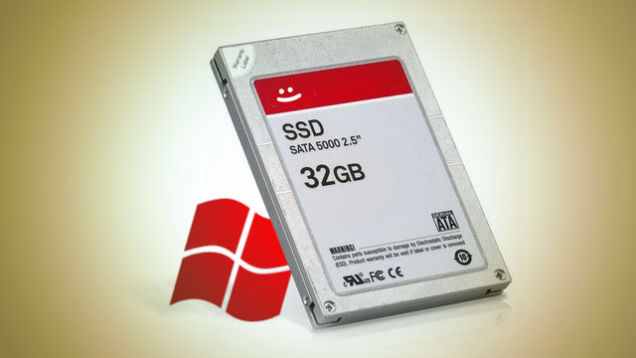The wonderful world of SSD has revitalized our old computers, and new has given a speed hitherto unaware. Hard drives, although they remain in force, are old technology, old-fashioned, no longer provides improvements over the new storage devices.
Today we will review what we can offer SSDs, and the benefits we will get to use one. And we will do in two ways: one, above, video SSD vs HDD, which offers everyone where desmigamos features in less than three minutes; another, then all in-depth explanations.
Traditional or HDD (hard disk drive) hard drives take accompanying decades, but in recent years there have been terrible sparring partners: are the SSD, solid state drives (English solid state drive) have brought with them important advantages over the first … and also some drawbacks, of course.
For practical purposes, SSDs are significantly faster than the HDD in the order of five times according to our own tests. SSDs are able to transfer data at speeds of up to 500 MB / s, while traditional hard drives typically provide about 100 MB/s, many models even less.
Another important point is that the speed of data access, i.e. the time it takes to find a fact, it’s better in the SSD: between 0.05 and 0.23 milliseconds, compared with 7 to 16 ms. mechanical hard drives. Of course when shorter the time will be better access to our interests, and certainly the difference is significantly large.
All these improvements are due, in part, that SSDs do not use mechanical parts, unlike the HDD in which a disk rotates at a certain speed and a needle is moving to go ‘reading’ data. The motion does not require for its operation also affects other advantages such as better tolerate shock, do not emit significant noise, generate less heat and even consume less power, which is important especially in laptops.
Looking at the other end of the scale, obviously not everything will be advantages. SSDs also have some drawbacks that must be taken into account. For example, reliability: the first failed SSD market with some frequency, although this problem has been improved and is not a major setback. Also capacity is relatively limited, with the SSD 120 or 240 GB most common models compared with 1 or 2 TB mechanical hard drives. If we look at what it costs to store 1 GB in each of the two devices SSDs are more expensive than HDD, which otherwise is quite logical: they are faster, but they also have a higher cost.
The technical characteristics and their impact
Speaking of SSD we can distinguish three two important features memory and controller. Internally, the flash memory is built with different structures called SLC, MLC and TLC (Single, Triple and Multi-level cell), which differ in the number of bits that can store each memory cell. Most domestic and MLC SSDs are TLC, and in general most users will not notice differences in their use.
The driver of a SSD has a greater importance. The controller is the hardware component designed to manage operations to be performed by the device. Where to store the information, what areas are free or how to relocate certain data. Marvell, Intel, Indilinx and SandForce are often the leaders in this market, and are exchanged the top spot as they are launching new models and generations.
The interface is important
The interface is another important element, not so much affect performance (just do it) but because it is a requirement for installation on your computer. The most common is that supports SATA (2 or 3) units, though more and more common as other formats or mSATA M.2, whether on laptops or desktops.
They are relatively modern units but they’re having a great acceptance by the public. They were initially quite expensive, but in recent months have dropped significantly in price. Now we can find 120 GB SSD for about 70 euros.
The ability remains his great disadvantage compared to traditional hard drives, which can store a much larger amount of information. To counter this, many users use a dual SSD + HDD configuration that allows them to have the first speed (usually used for the operating system) and the second high capacity (to store multimedia items or other programs).
The result of using an SSD is to see how your computer operates at a much greater speed in some of the functionality. For example loading the operating system (and its functions), opening programs or copying or moving files. There is an overall improvement: for example, an SSD will not make a game run with a higher rate of frames per second, although other levels load faster.
